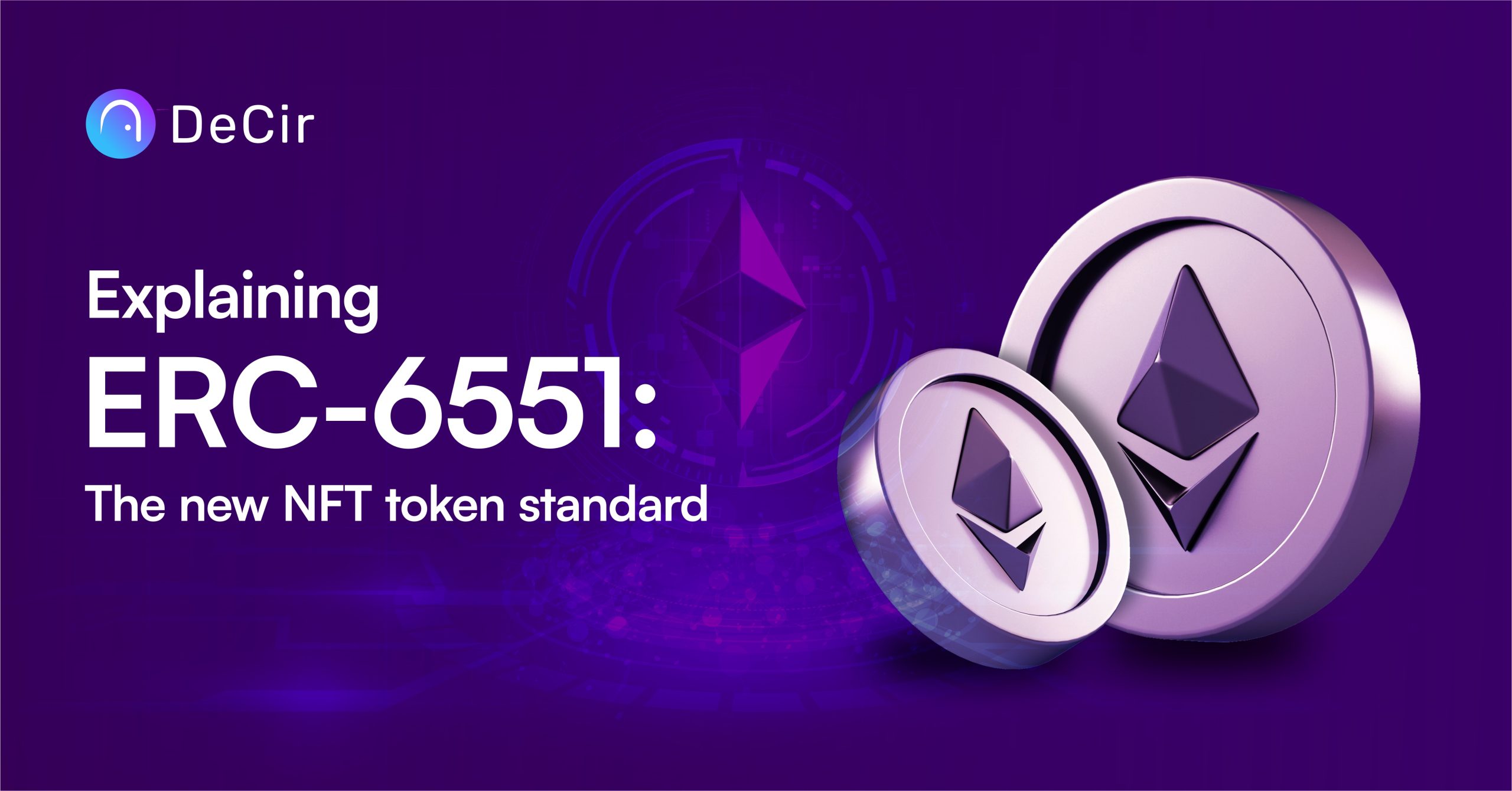Non-fungible tokens (NFTs) have taken the digital world by storm, revolutionizing the way we perceive and interact with unique digital assets. However, their potential has been limited to ownership and transferability. Enter ERC-6551, a groundbreaking standard that bestows NFTs with smart contract capabilities, enabling them to become dynamic entities with enhanced functionality and value.
TL;DR
- ERC-6551 introduces smart contract capabilities to non-fungible tokens (NFTs), enabling them to function as crypto wallets, holding tokens, and other NFTs.
- Token-Bound Accounts are created through a permissionless registry that is compatible with ERC-721 NFTs. Thus allowing NFTs to own assets, interact with other contracts, and evolve based on external factors or user inputs.
- ERC-6551 enables composability, identity, provenance, and dependency in the NFT space, enhancing user experience and value.
Unleashing the Power of ERC-6551
Unlike traditional ERC-721 NFTs, which possess limited functionality, ERC-6551 tokens open up a world of possibilities. Serving as smart contract wallets, these NFTs can hold not only other tokens but also additional NFTs themselves. This revolutionary feature, known as token-bound accounts (TBAs), is facilitated through a permissionless registry that seamlessly integrates with existing ERC-721 tokens.
ERC-721, the precursor to ERC-6551, established the standard for creating unique digital assets on the Ethereum blockchain. NFTs, the result of ERC-721, are distinguishable from regular cryptocurrencies due to their individuality, which cannot be exchanged on a one-to-one basis. ERC-721 laid the foundation for the subsequent innovation of ERC-6551, which expands the capabilities of NFTs beyond ownership and transferability.
Composability
One of the key advantages ERC-6551 brings to the NFT space is composability. NFTs can now be bundled into a unified profile with related assets, such as other NFTs and tokens. When an ERC-6551 NFT is sold or transferred, all assets contained within it are seamlessly transferred as well. This development enhances the user experience, particularly in the realm of Web3 games, where inventories of game-related assets can be stored within an ERC-6551 token.
Identity
Identity is another significant aspect that ERC-6551 addresses. Each NFT possesses its own independent identity and is capable of interacting with decentralized applications (DApps) autonomously. This identity is not tied solely to the wallet that holds it, enabling innovative applications such as loyalty programs or in-game rewards based on an NFT’s past behavior. Additionally, an NFT’s identity and reputation can be utilized to determine creditworthiness or reduce counterparty risks.
Also read: How to market your product as a creator
Provenance
ERC-6551 also enhances provenance in Web3. Provenance is the ability to access comprehensive transaction history and utility information. Traditional NFTs lack detailed insights into an asset’s past transactions or usage. However, TBAs enable owners to obtain detailed information about an NFT’s past interactions, facilitating greater transparency and trust.
Dependency
Dependency represents the ability of an NFT to interact independently with other on-chain assets or platforms. ERC-6551 NFTs can own other assets or tokens, expanding their functionality and value. With its own on-chain personality and story, an NFT becomes more interactive, forging new possibilities for engagement and immersion.
Challenges and Limitations
While ERC-6551 unlocks exciting opportunities, it also faces challenges. Existing NFT projects and platforms must embrace the ERC-6551 standard for their full potential to be realized. Not all projects adhere to the ownerOf method, which means some popular and valuable NFTs may not be compatible with token-bound accounts.
Furthermore, integration hurdles, technical limitations, or business considerations may hinder specific NFT platforms from adopting ERC-6551. Consequently, immediate accessibility to ERC-6551 NFTs may be limited initially.
Security also remains a concern. ERC-6551 introduces a greater attack surface, as these NFTs can own assets and interact with applications. Protecting them against potential vulnerabilities and exploits is crucial for their widespread adoption.
Interesting piece: Exploring DeCir’s whitelabel solution for brands
Conclusion
ERC-6551 has ushered in a new era of possibilities for NFTs, empowering them with smart contract capabilities and expanding their functionality beyond ownership. Through TBAs, NFTs can hold assets, interact with other contracts, and evolve dynamically, paving the way for innovative use cases and unlocking their full potential in the digital world.


